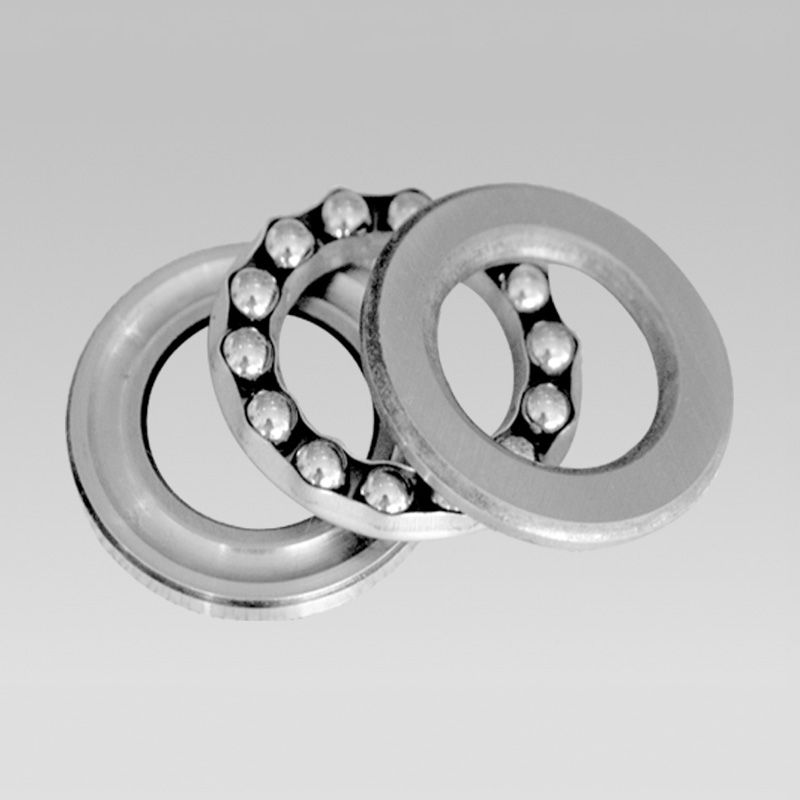
Nov . 06, 2024 02:20 Back to list
Understanding Single Row Deep Groove Ball Bearings Design and Applications
Understanding Single Row Deep Groove Ball Bearings
Single row deep groove ball bearings are essential components in a wide range of machinery and industrial applications. They are designed to support radial and axial loads, making them versatile and widely used in various environments, from automotive to consumer electronics. This article will explore the structure, functionality, advantages, and applications of single row deep groove ball bearings.
Structure and Design
A single row deep groove ball bearing typically consists of an outer ring, an inner ring, balls, and a cage that holds the balls in place. The deep groove design allows the balls to run smoothly in a circular path, providing stability and reducing friction during rotation. The geometry of the grooves is specifically designed to accommodate both radial and axial loads, enabling the bearing to perform efficiently under diverse operating conditions.
The materials used for manufacturing these bearings are usually high-carbon chromium steel, stainless steel, or ceramic, depending on the application requirements. The choice of material impacts the bearing's performance in terms of load capacity, corrosion resistance, and overall lifespan.
Functionality
The primary function of deep groove ball bearings is to reduce rotational friction and support both radial and axial loads. This capability is crucial in applications where machines are subjected to varying loads and speed conditions. The design of the deep groove ball bearing also allows for easy installation and maintenance, making it a popular choice among engineers and technicians.
One of the critical aspects of the functionality of these bearings is their ability to handle misalignment. While they operate best under perfectly aligned conditions, the deep groove design provides a certain degree of flexibility, allowing them to cope with minor angular misalignments without significant performance degradation.
Advantages
Single row deep groove ball bearings offer numerous advantages that make them indispensable in various applications
single row deep groove ball bearing pdf

1. Versatility They can handle both radial and axial loads, making them suitable for a wide range of applications.
2. High Speed Capability The design minimizes friction, allowing for high-speed operation, which is essential in many modern machines.
3. Durability When properly maintained, these bearings have a long operational life, reducing the frequency of replacements and repairs.
4. Low Maintenance Deep groove ball bearings typically require minimal maintenance, making them cost-effective over the long run.
5. Standardization They are available in various sizes and configurations, making it easy to find a suitable bearing for specific needs.
Applications
The applications of single row deep groove ball bearings are extensive. They are commonly used in
- Electric Motors They support the rotor and stator, ensuring efficient operation. - Automotive Components Used in wheels, engines, and transmissions, they contribute to the performance and durability of vehicles. - Industrial Machinery Found in conveyor systems, pumps, and compressors, they help ensure reliability and efficiency. - Consumer Electronics In devices like hard drives and printers, they facilitate smooth operation and reduce wear.
Conclusion
In summary, single row deep groove ball bearings play a vital role in modern machinery and equipment. Their ability to handle both radial and axial loads, combined with their versatility, durability, and low maintenance needs, makes them a preferred choice in various industries. Understanding these bearings' structure, functionality, and applications can help engineers and technicians select the right bearing for their needs, ensuring optimal performance and longevity. As technology continues to advance, the demand for reliable components like deep groove ball bearings will only increase, solidifying their place in the future of engineering and manufacturing.
Latest news
-
Premium Deep Groove Ball Bearings | High Speed & Reliability
NewsAug.29,2025
-
Durable Scaffolding Clamps - Secure & Reliable Tube Connectors
NewsAug.28,2025
-
Common Failures in Thrust Ball Bearings and Solutions
NewsAug.22,2025
-
How Tapered Roller Bearings Can Take Shock Loads
NewsAug.22,2025
-
Angular Bearings in High-Precision Spindles
NewsAug.22,2025
-
The Impact of Misalignment on Cylindrical Roller Bearing Performance
NewsAug.22,2025
